April 05, 2024
Planning an equitable road pricing: Is it even possible?
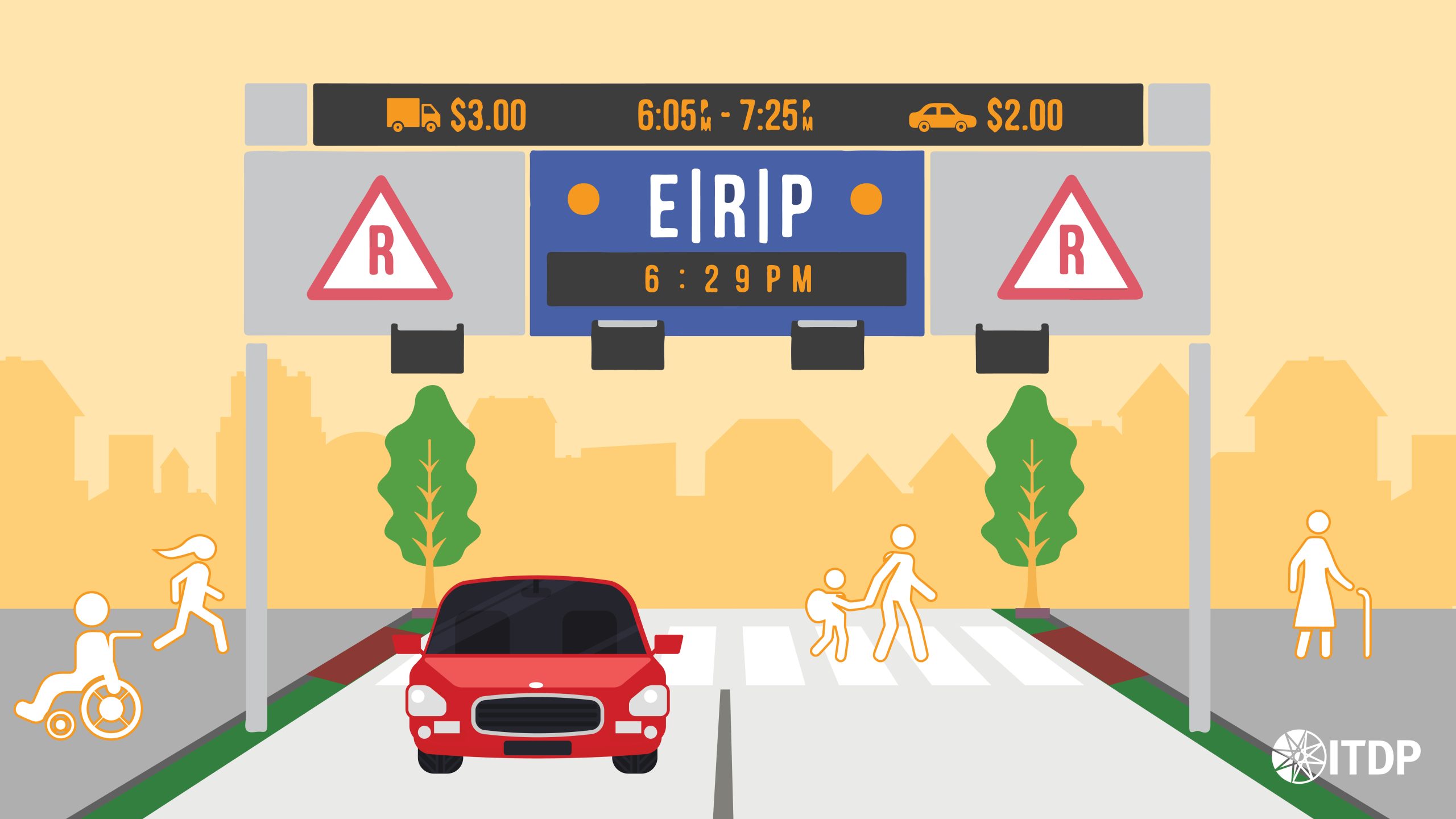
In December 2022, a new toll road intersection opened in the southern suburb of Jakarta, the Krukut intersection, connecting the Cinere – Jagorawi toll road and Antasari – Depok Toll Road1. The intersection creates a new alternative for commuters from Depok and Bogor to Jakarta to avoid the already jammed link in Jagorawi Toll Road along Cibubur to Cawang.
After its opening, some drivers claim that this new link does not significantly improve travel time compared to the usual commute journey through Jagorawi Toll Road2,3. Additionally, some drivers who used Antasari—Depok Toll Road before the new intersection operation experienced worsening traffic conditions4. Although the government has decided to open the gate at Cilandak Toll Gate for drivers going to Antasari5 traffic congestion still cannot be prevented.
How could this happen? Why do commuters experience no improvement after the new link opened?
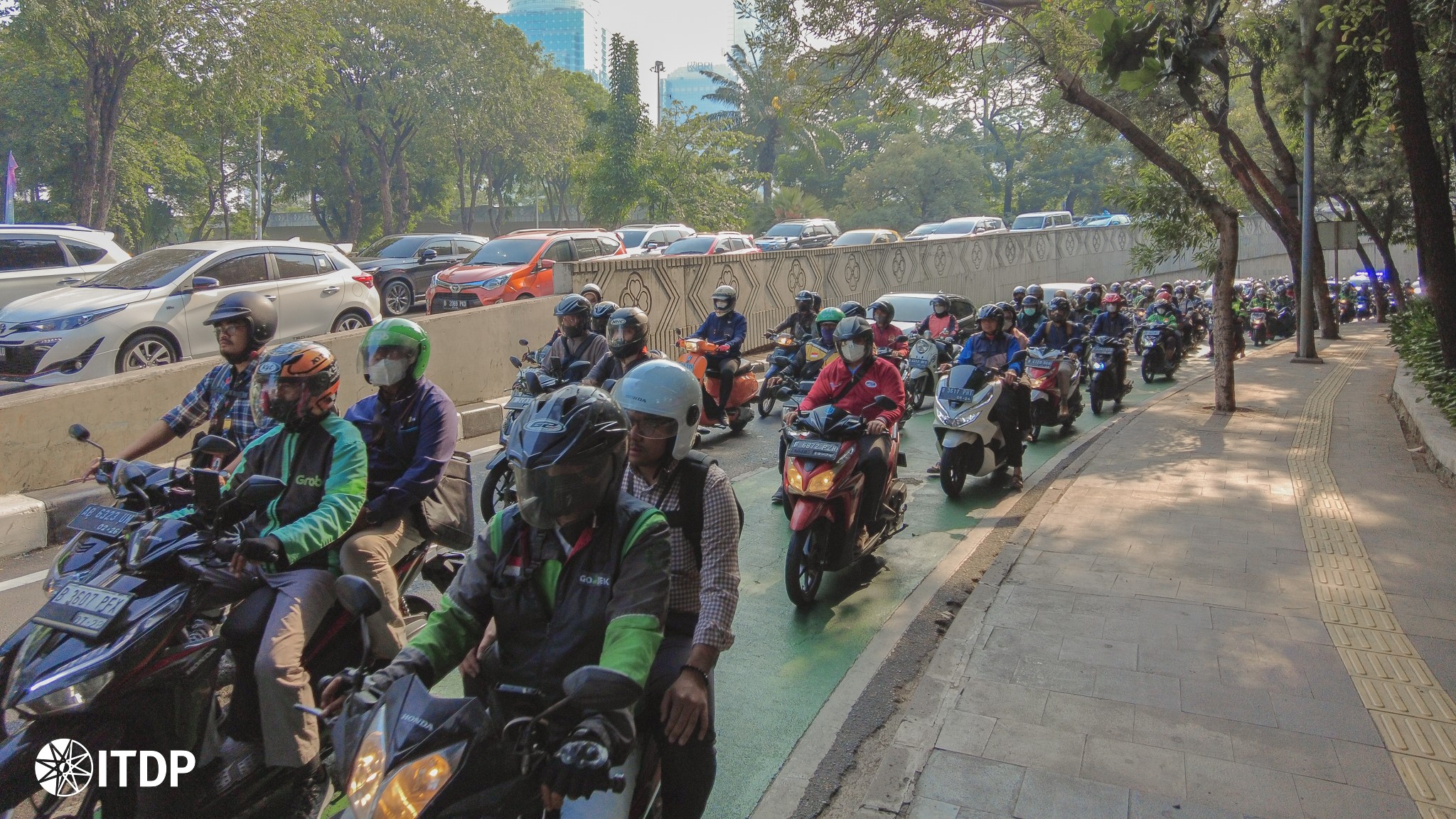
The answer to these questions might be found in the “Tragedy of The Commons”6 phenomenon. We all want to get where we need to go quickly and conveniently; for many of us, that means using cars or motorcycles. But when everyone thinks and does the same thing, using private motorized vehicles, and all these people using shared resources, in this case, roads, it results in excessive use of personal motorized vehicles, which causes congestion, increased air pollution, risks to the health and safety of other road users.
Congestion is often considered an additional cost in terms of the time and fuel spent, and health risks are externalities7 that are not accounted for by cities that do not implement sustainable urban transport systems. The external consequences of congestion may not be felt directly by those who drive the vehicle. Still, other road users will – including vulnerable groups such as children, women, and the poor, who are often exposed to tailpipe pollution on the roadside. Recent studies showed air pollution causes more than 10,000 deaths, 5,000 hospitalizations, and 7,000 children experience various health problems every year in Jakarta, costing trillions of rupiah.
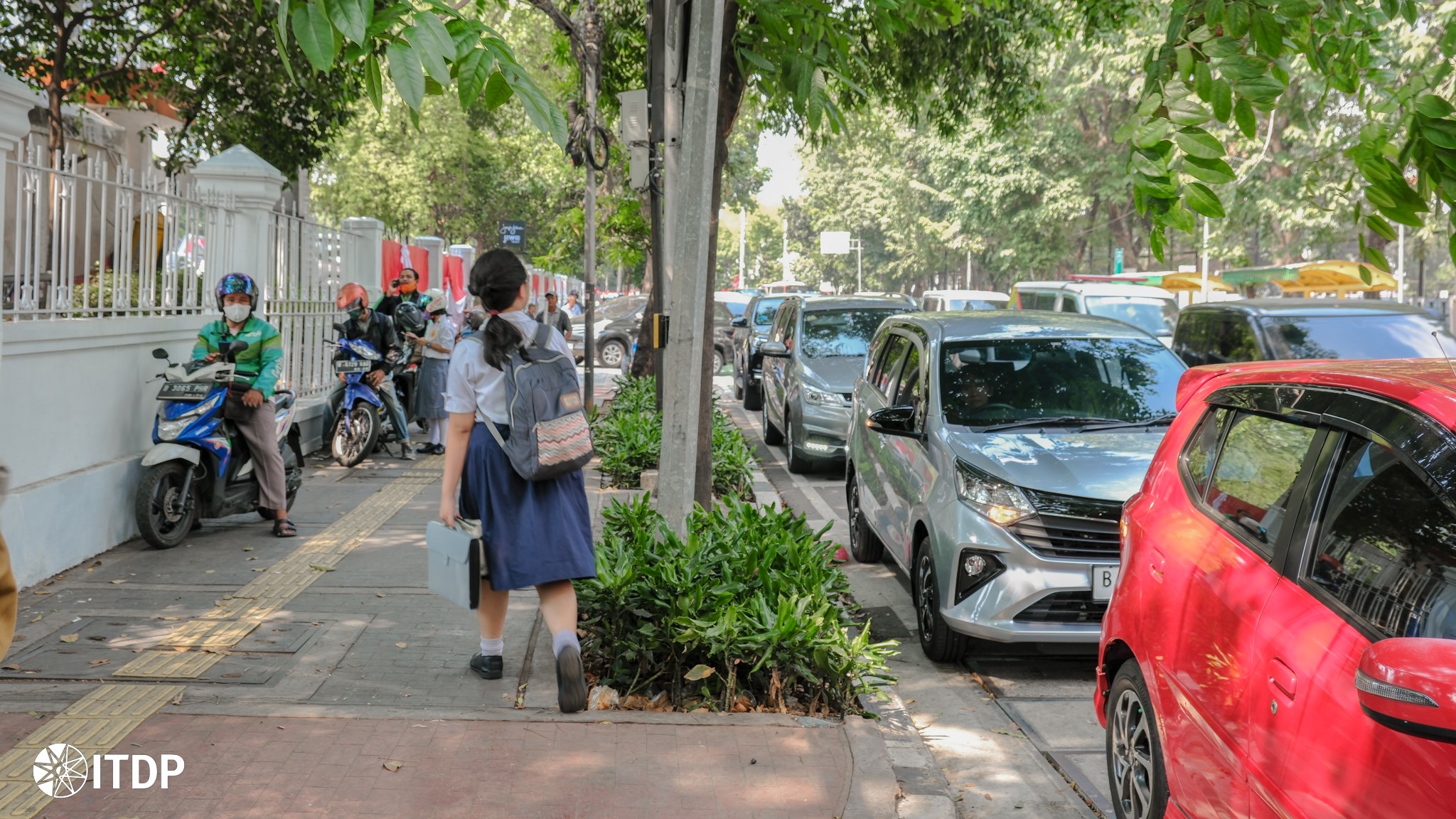
Calculating External Cost Using Road Pricing
So, what can we do about it? One solution is to make cities more aware of the external costs of excessive use of private motorized vehicles, such as emissions and health risks. This is where road pricing comes in. As one example of “push policies” in the Transportation Demand Management (TDM) strategy, road pricing is an economic measure that adds the external costs of driving to the overall transportation expense, making it a less attractive option. The goal is to incentivize motorists to choose alternative modes of transportation, which can reduce congestion and pollution.
This approach has been successfully implemented in Singapore, Stockholm, Gothenburg, London, and Milan. Charging motorists a fee to use certain roads or enter certain zones encourages them to think twice about whether they need to use cars and motorcycles. This can lead to fewer motorized vehicles on the road, less congestion, and a smoother and healthier transportation system for everyone.
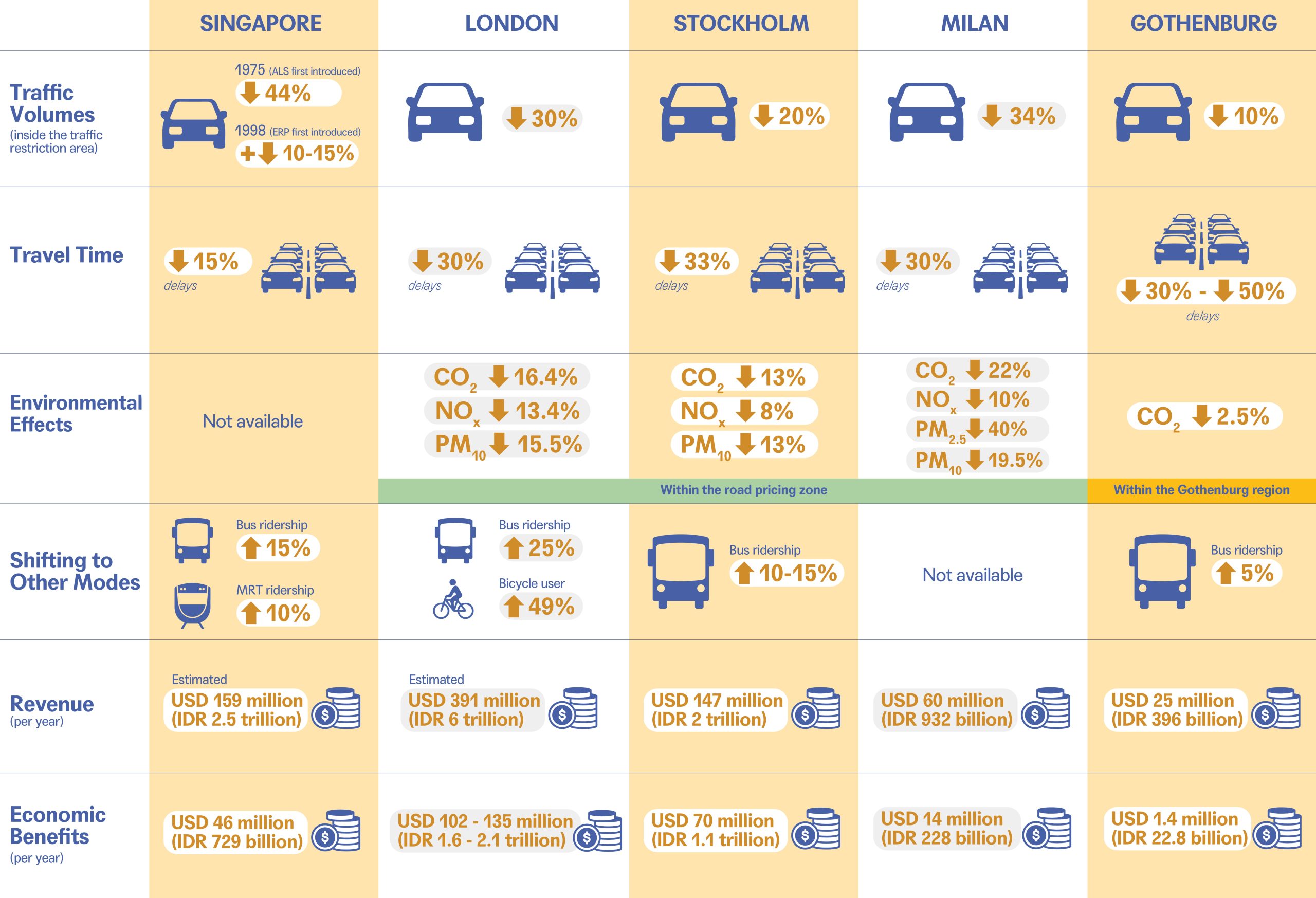
*ALS: Area Licensing Scheme, is a vehicle restriction measure in the CBD area where the vehicle entering the area is mandated to have additional license by paying certain charges. It is the preceding measure before ERP in 1998.
However, road pricing policy is often met with resistance from the public, particularly car and motorcycle users. In most cases, this rejection is mainly due to the need for familiarity with the concept of external cost and the perception that roadways are public goods. A study by Gu et al. (2018) identified four reasons why the public resists road pricing scheme8:
- Road pricing directly increases transportation costs for motorists
- Road pricing is perceived as a form of social exclusion, as it limits access to certain areas or services based on the ability to pay, hence affecting lower-income groups more than higher-income groups
- There are concerns about privacy and complexity of the pricing system, including apprehensions about data collection and surveillance that are necessary to implement congestion pricing and difficulty to understand and comply with complex pricing schemes
- Uncertainty on how the revenue from road pricing will be used
Perception of Fairness and Political Will
The above issues suggest that public acceptance of road pricing schemes is closely linked to equality and social justice perceptions. To increase acceptance, it is essential to understand the benefits of road pricing. Road pricing planning should consider socio-economic impact analysis. Ideally, a road pricing policy would follow the marginal social cost approach, but this is challenging to implement due to its complexity. Therefore, other methods that uphold the principle of fairness but are practical are commonly used. Political processes also influence the development of road pricing policies. Planning must reconcile social benefits with political considerations.
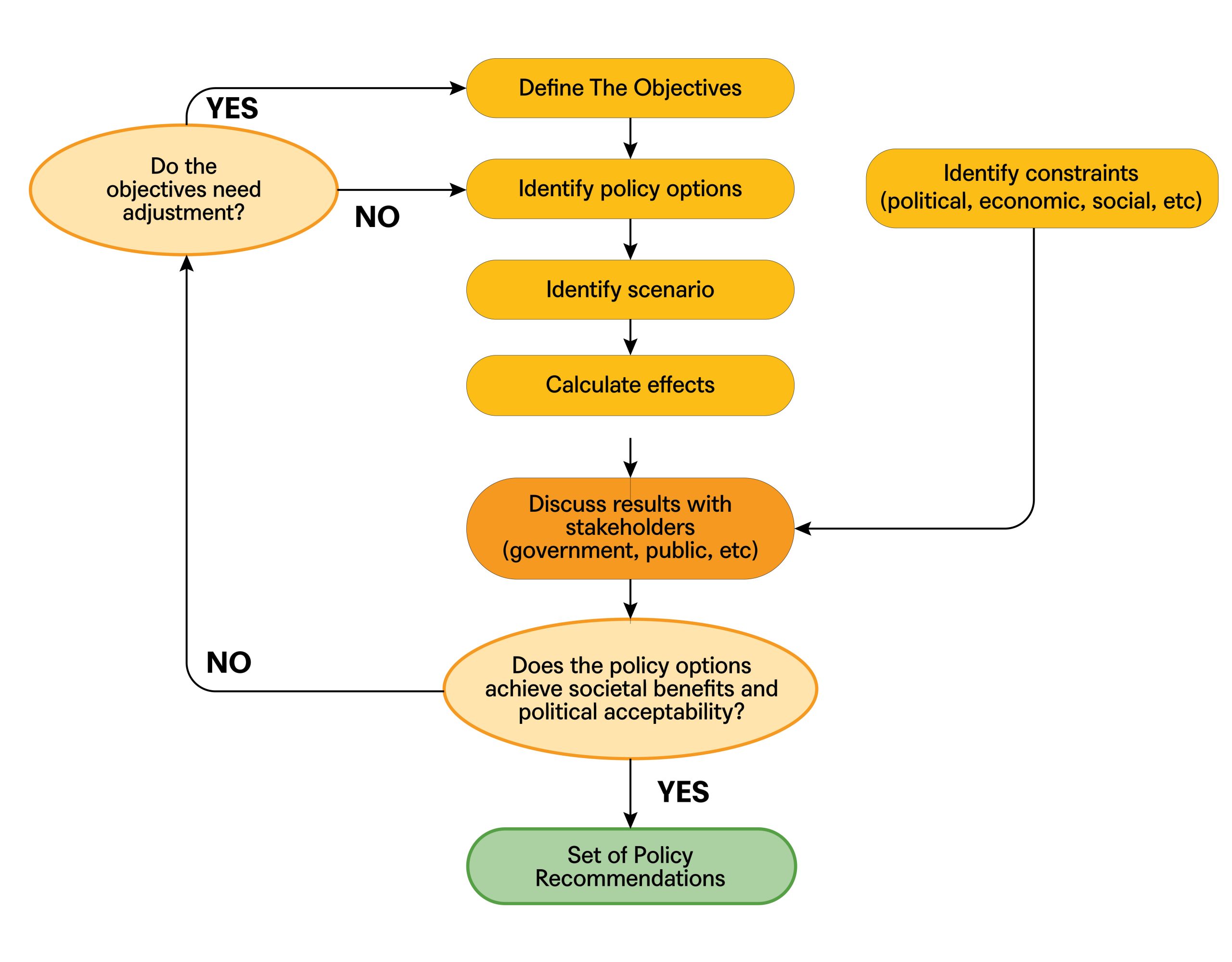
The first step is to establish the concrete objectives of the road pricing policy. Discussions between policymakers and the technical team should be held to determine the main focus, such as addressing congestion or air pollution. The technical team should assess the validity of these issues.
Next, design a road pricing policy scenario, including the location, tariff, and types of vehicles affected by the fee. The area should consider alternative modes and existing boundaries. Pricing should also be optimized, i.e., road pricing should be higher than public transportation to encourage modal shift.
Socio-economic impact analysis is essential in designing equitable policies. This includes estimating traffic impacts, greenhouse gas emissions, and the distribution of benefits across diverse socio-economic groups.
Once a suitable scenario has been identified, revenue from road pricing should be reallocated to improve public transportation services. This will improve accessibility and public support.
Road pricing is one of many solutions to urban mobility problems. A successful road pricing policy should focus on fairness, equity, and investment in high-quality public transportation.
2Potret Jalur Neraka ke Jakarta. Kompas (February, 2023).
3Macet Jakarta Pagi Ini Sudah Lebih Buruk dari 2019. DetikOto (February, 2023).
4Macet Panjang di Tol Desari, Tersendat di Gerbang Pembayaran. Kumparan (January, 2023).
5Tol Depok-Antasari Pakai Sistem Terbuka, Cek Tarif Terbarunya!. Bisnis (March, 2023).
6Tragedy of The Commons: What It Is and 5 Examples. Harvard Business School Online.
7Externality: What it Means in Economics, with Positive and Negative Examples. Investopedia.
